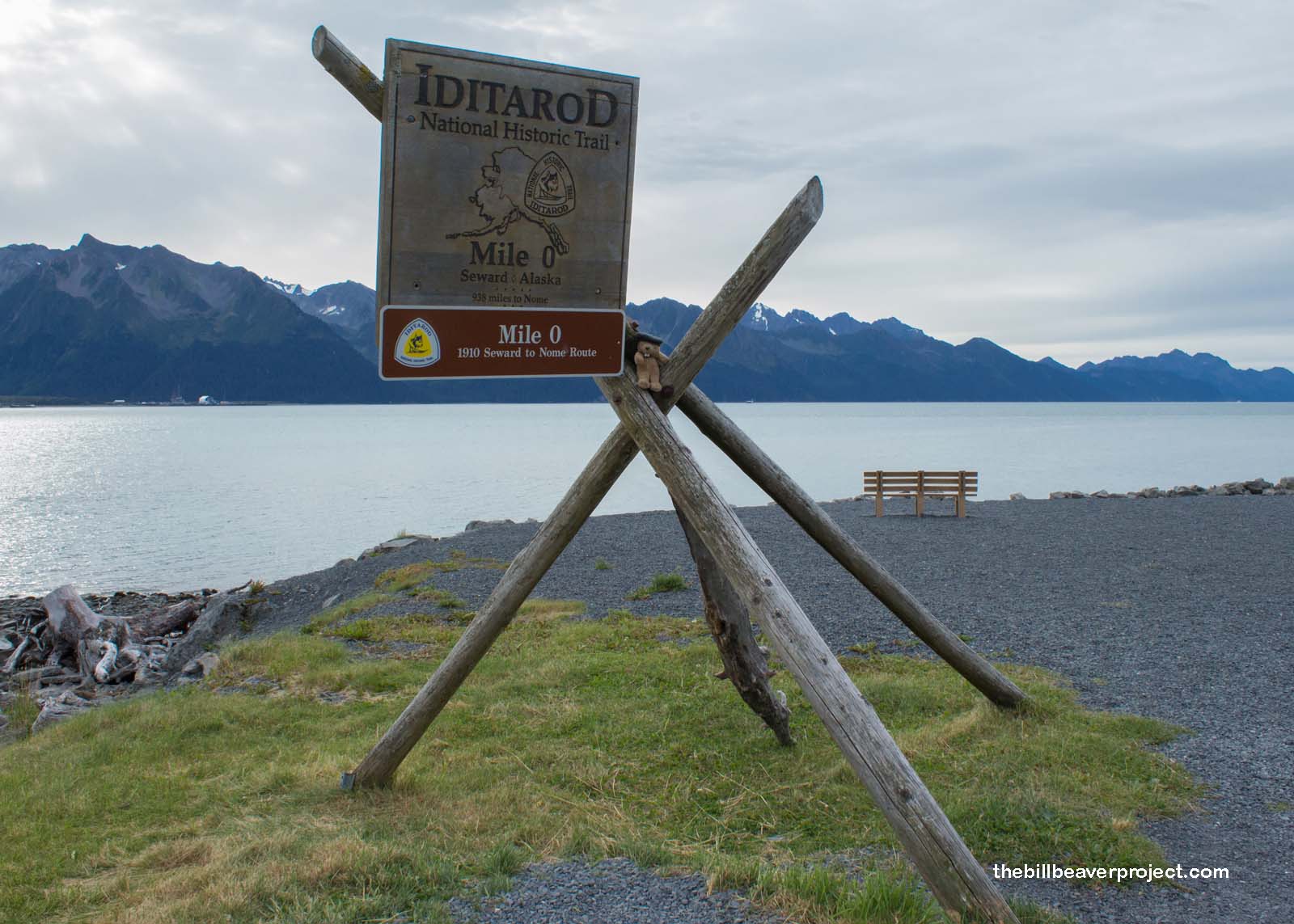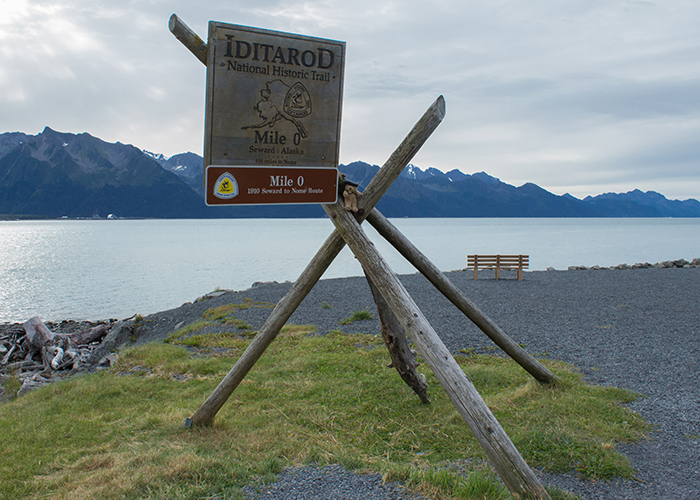| What makes it historical? |
Many of these routes were traveled by various Alaskan native tribes since time immemorial, but the route that we now call the Iditarod Trail came together between 1880 and 1920! During that time, gold was discovered in Nome, and immediately, folks rushed from around the world to claim it!
In order to secure a route between the open port of Seward and the snowy northern city of Nome, Colonel Walter Goodwin and his team spent just over two months in 1908 scouting out a convenient path! On his return trip in 1910, he marked out the route, which became known as the Iditarod Trail, and four years later, the first mail began to pass back and forth between Seward and Nome! Between 1914 and 1918, mail and gold passed by dog sled along the Iditarod Route until the Railroad system became the preferred method of transportation!
Famously, in 1925, sled dogs once again ran the Iditarod Route to bring medicine to iced over Nome following a large outbreak of diphtheria!
In 1973, the Iditarod Trail became the course of the World’s Longest Sled Dog Race, run every year in early March! Early racers took about 20 days to make the full trip, but more recent racers have sheared off their times considerably! As of 2002, John Baker, the first Alaskan native to win the race, holds the World Record of 8 days, 18 hours, 46 minutes and 39 seconds! |
| Where is this place? |
Historic Mile 0 is located in Seward at the intersection of Ballaine Boulevard and Railway Avenue (99664!
The race itself starts at the corner of 4th and D Street in Anchorage, restarts in Willow, and concludes on Front Street in Nome!
From Anchorage: ~127mi (205km) — 2.2hrs
From Fairbanks: ~483mi (778km) — 8.1hrs
From Juneau: ~973mi (1566km) — 16.3hrs
From Nome: ~593mi (955km) — 9.9hrs |



